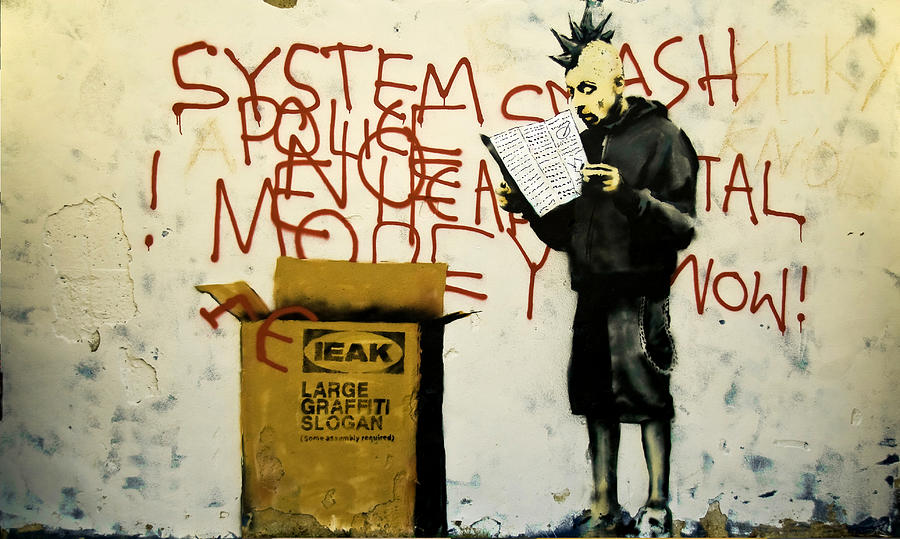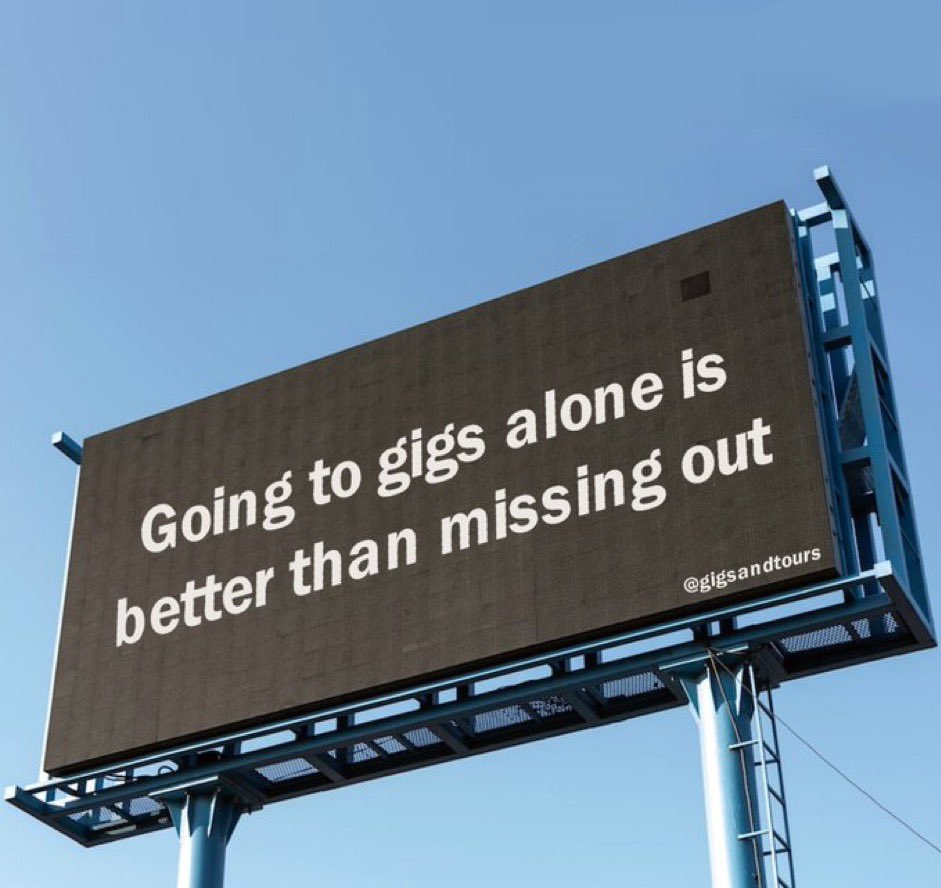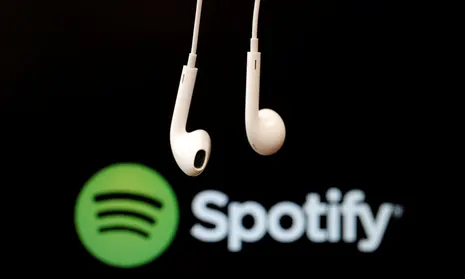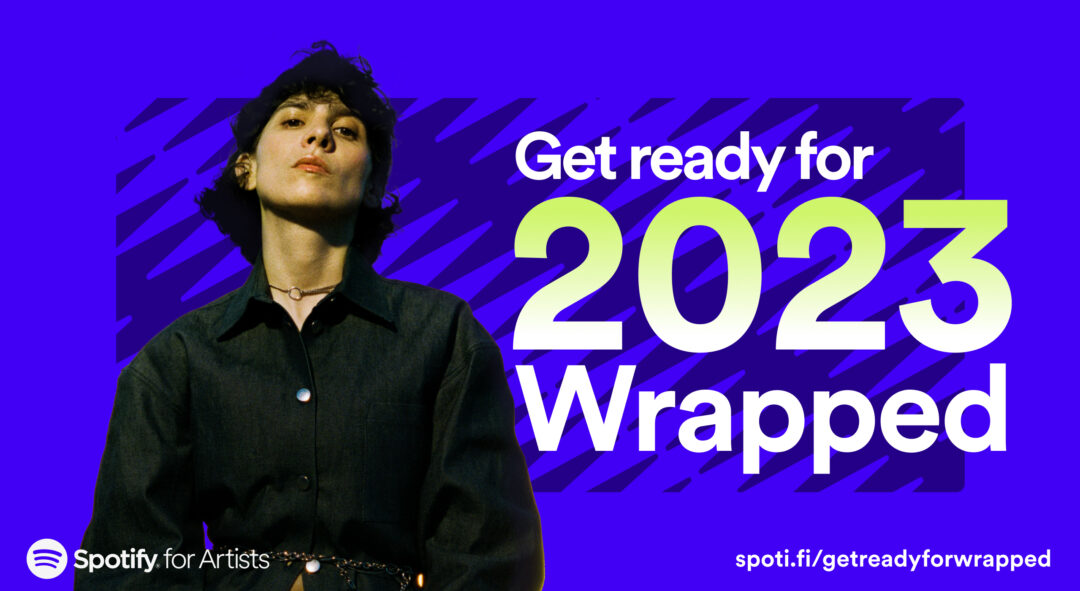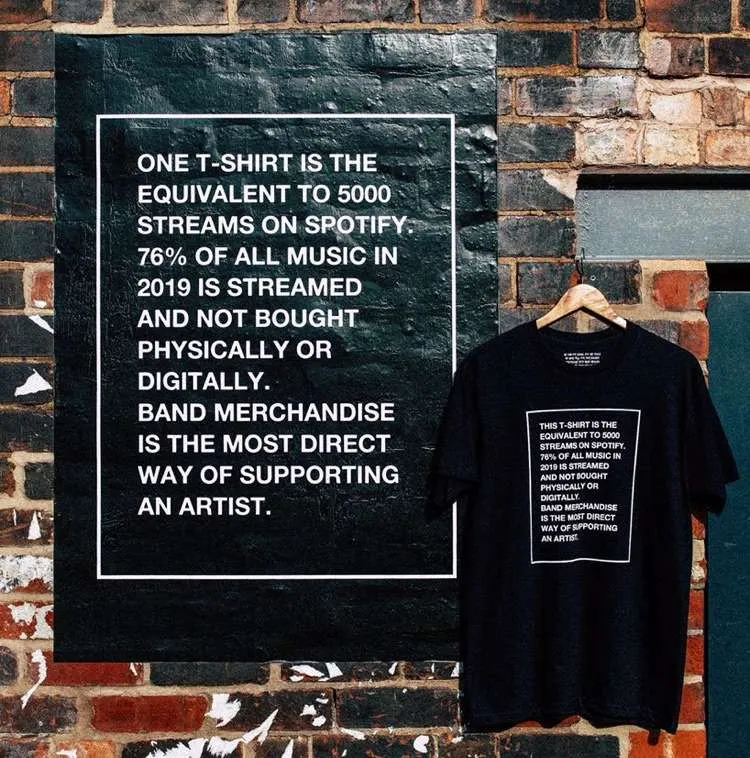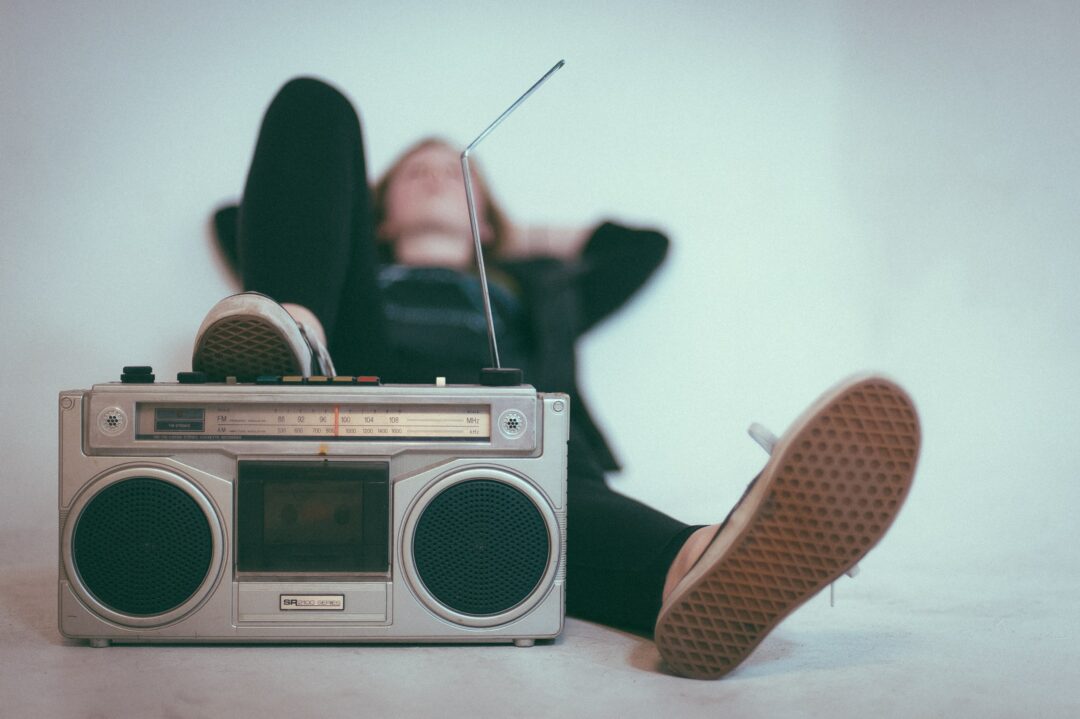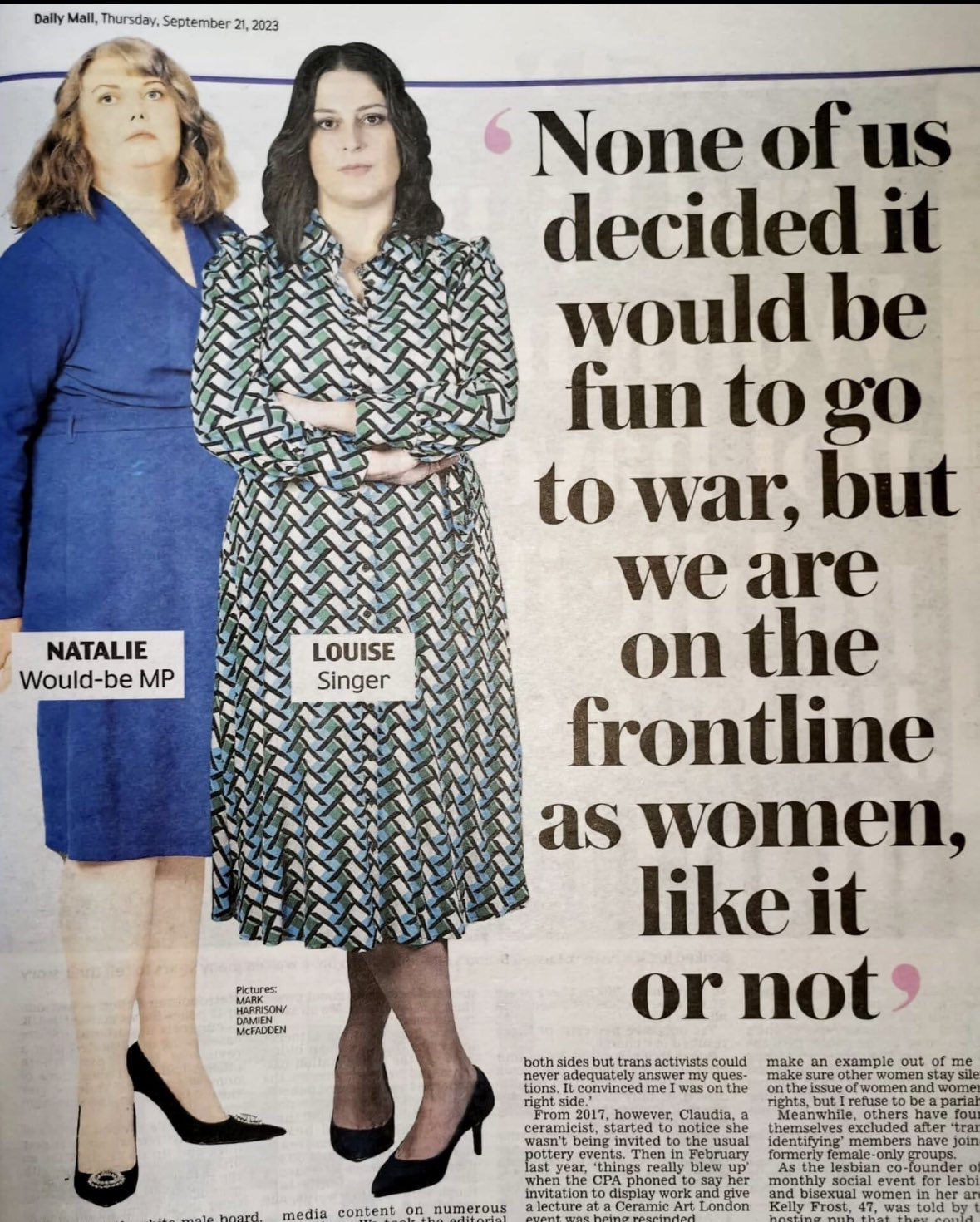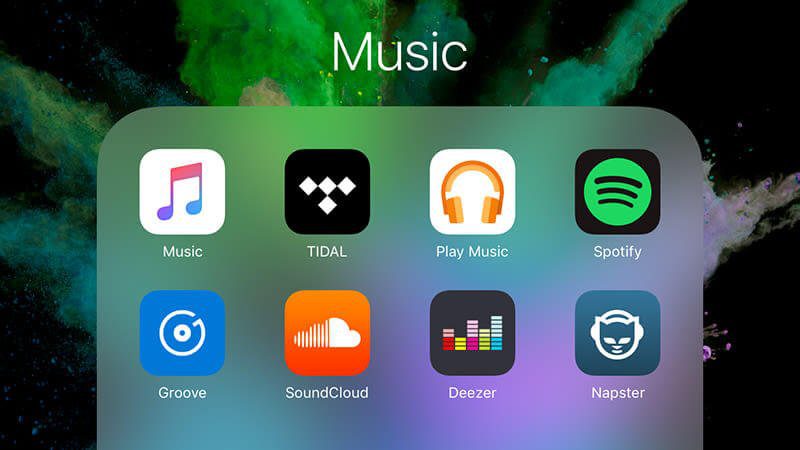In the ever-evolving landscape of music, change is not just inevitable but essential. The journey of an artist is marked by an incessant quest for creativity and innovation. As we delve into the stories of bands like PJ Harvey, Radiohead, Beastie Boys, Nine Inch Nails, Depeche Mode, and Fleetwood Mac, we uncover a shared narrative of transformation. These artists, once confined to their original sounds, dared to venture into uncharted territories, thereby cementing their places in the annals of music history.
The concept of ‘selling out’ is often debated in the music industry. When artists deviate from their original sound, they are often accused of abandoning their roots for commercial success. While it may be the case that record labels push artists in different directions to maximise the profits banked by the oligarchs, it is ludicrous that independent and up-and-coming artists are also greeted by the same accusation. Especially if they have complete creative freedom over what they innovate and orchestrate.
Any real music fan will be aware of how difficult it can be for independent artists to create a comfortable living without seeking other means of income. Just take a recent interview with Pigs Pigs Pigs Pigs Pigs Pigs Pigs in the Guardian on how their fans are amazed to hear that they are back in the office after playing shows and they have been fired for taking time off for touring. It is time for music fans to gain perspective and view transformations as acts of autonomous expression, where independent artists exercise their creative freedom to explore and grow, rather than conforming to external expectations.
If you have been caught between feeling compelled to replicate your earlier material and daring to metamorph your sonic signature for your next releases, this article, which demonstrates the detrimental nature of assimilating your older material out of obligation, may give you a clearer view of which avenue to take your future releases.
Loyalty vs Innovation
The music industry often presents a dichotomy: remain loyal to your original sound or innovate and risk alienating your fan base. This dilemma is particularly poignant in the cases of bands like Radiohead and Fleetwood Mac, who dramatically altered their musical directions. Radiohead’s shift from the grunge-inspired “Pablo Honey” to the experimental sounds of “Kid A” and Fleetwood Mac’s evolution from blues-rock to the pop-rock anthems of “Rumours” are testaments to the rewards of embracing change. Their success stories challenge the notion that loyalty to one’s original sound is the only path to enduring relevance.
The Adage “If It Isn’t Broken, Don’t Fix It” Doesn’t Apply to Art
In the realm of art and music, stagnation is akin to regression. The musical journeys of PJ Harvey and Depeche Mode provide inexplicable examples. Harvey’s transition from bluesy punk-rock to a more accessible indie-rock style, and Depeche Mode’s evolution from upbeat synth-pop to a darker, more atmospheric sound, demonstrate the artistic necessity of breaking free from the ‘if it isn’t broken, don’t fix it’ mindset. Their willingness to reinvent themselves not only kept their music relevant but also allowed them to explore new depths of their artistic potential.
The Muse Isn’t Always Found in Chartered Territory
Exploration beyond familiar boundaries often leads to the discovery of a muse that redefines an artist’s work. The Beastie Boys’ transformation from a hardcore punk band to hip-hop icons and Nine Inch Nails’ journey from synthpop to industrial music highlight the importance of seeking inspiration beyond the comfort zone. These shifts not only revolutionized their respective genres but also opened up new avenues for creative expression.
New Material Doesn’t Obsolete the Old
A common fear among artists is that their new work might overshadow or invalidate their previous creations. However, the evolution of these bands shows that new material can coexist with and even enhance the appreciation of their earlier works. The new sounds do not erase the old; instead, they add layers to the artists’ narratives, enriching their musical legacies. You may receive backlash from your fans who find a sense of pride in saying that they have been following you from the start and have grown accustomed to a certain style, but you can’t please everyone’s subjective view, attempting to do so will only serve as an inhibitor to your creativity. That’s the same creativity that drew them to you in the first place.
How Fans Can Decree Music Is ‘Terrible’ When It Is Made with the Same Talent That Produced the Art They Fawn Over
The reaction of fans to an artist’s evolution can be complex. While some embrace the change, others may be quick to criticise, forgetting that the talent and creativity that endeared them to the artist in the first place are still at play. It’s crucial to recognise that the same spark of genius that created the beloved early works is driving these new explorations, even if they take a different form.
Conclusion
The stories of these iconic bands serve as a powerful reminder to musicians and artists everywhere: the pursuit of creative evolution is not just a right, but a responsibility. Embracing change, exploring new horizons, and challenging the status quo are what keep the flames of creativity burning. As artists and fans alike, we should celebrate this journey of evolution, for it is in these changes that the true essence of art is found.
–
If you have a brand-new sound you want to showcase, submit your music today to see your music featured on our top 10 UK music blog.
Article by Amelia Vandergast


